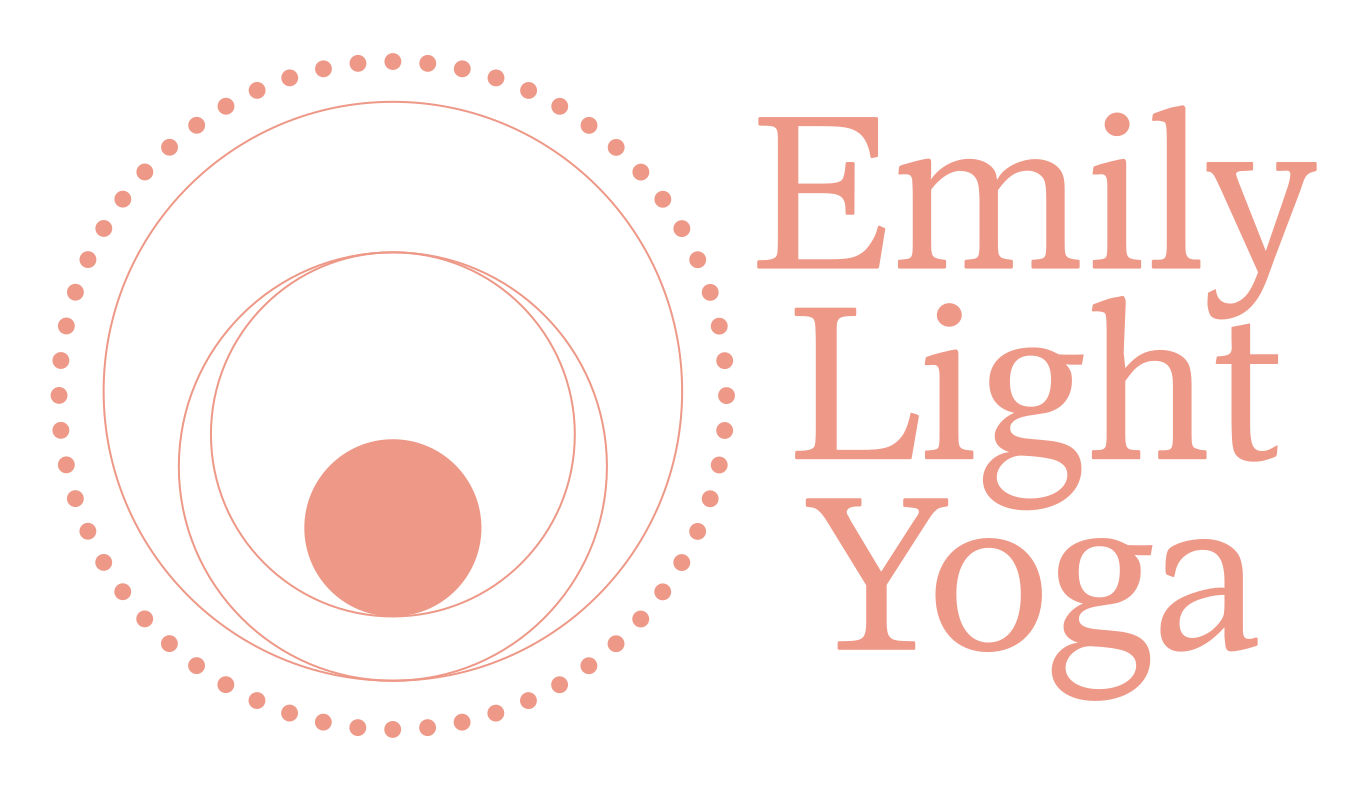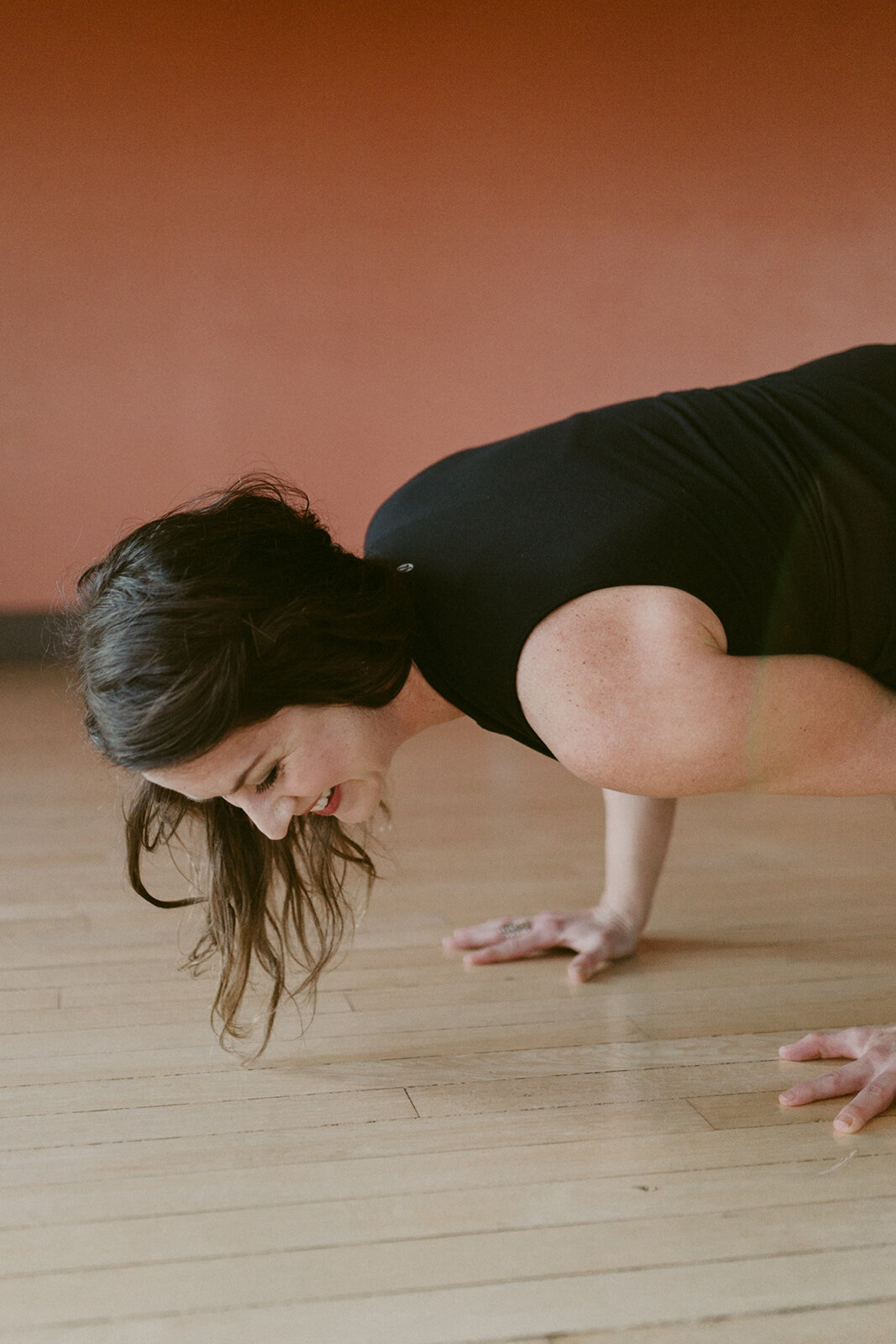Brahmana and Langhana
When we open our senses to truly experience nature, we become familiar with the qualities of the seasons (hot, bright and active, or cool, dark and quiet), the actions of the plants and animals (growing, reproducing, harvesting, storing or hibernating), the influence of the moon and the qualities associated with various parts of the day. As you hear me say quite a lot, in class,
"What's happening outside in nature/prakriti, is happening on the inside too."
This is why it's so powerful to align our practice with prakriti. This simplifies the task of deciding what to practice, when to practice, and how to practice. We simply look at what's happening in nature for guidance on how to tend to our inner garden.
The Kapha dosha governs the time from late winter through spring. Once we see the early spring bulbs reach up through the soil, and the tree blossoms begin bursting open, Kapha season is in full swing. We can see the upward and outward movement of prana all around us during this time of year, and we have access to that same energy as well!
We can support and celebrate the Kapha dosha and the energy of spring with brahmana techniques.
The energetic principles of brahmana and langhana
The tools of yoga can be divided into two energetic principles. Firstly, there’s expansion (brahmana). Secondly, there's reduction (langhana). There's also a balancing principle called samana, but for now we'll just talk about the first two. Whether you realize it or not, you've explored brahmana and langhana tools within your yoga practice.
The qualities of brahmana
Expand
Increase
Energize
Nourish
Build
Strengthen
The qualities of langhana
Reduce
Eliminate
Decrease
Calm
Purify
We create brahmana or langhana effects by:
Choice of asana
Sequence
Repetition / stay, pace
Breath adaptation in asana
Directional flow of breath
Pranayama, chanting and mantra
Energizing brahmana techniques for springtime
When we’re feeling dull, sleepy, stuck or exhausted, we can work with energizing brahmana techniques, and when there’s mental distraction, acute anxiety, or stress, we can encourage a calm and relaxed nervous system by applying langhana tools. My intention for this article is to highlight the application of brahmana techniques in yoga, to help us continue the progression of moving from the inwardly focused, reflective, and contemplative energy of the cold winter months, into the building, growing, and creating energy of the warm, more active part of the year.
How to cultivate brahmana
Elongation of the inhalation (puraka) and internal retention – holding the breath in for a moment (antar kumbhaka)
Warming and Energizing practices
More movement, such as in vinyasas, or pulsing into and out of postures, and less static long holds of postures
Chest and Shoulder Openers
Backbend postures
Upward gaze (dristhi)
Higher pitch and faster pace of chanting
The medicine of song
This has been a beloved practice of mine, well before yoga came into my life. Using my voice to sing, chant, and even hum, simultaneously grounds and uplifts, soothes and activates, and centers and expands. Sound creates a rooted sense of vitality in the body, mind and heart. The medicine of song and vibration is potent. For those of you who join me in class, you know of this love. We chant a lot together. Recently I introduced a new mantra to you. I learned this one from a senior yoga therapist I’ve had the pleasure of studying with, named Gary Kraftsow.
“Aum satyam chaitanyam anandam atma”
Aum
This is thought to be the sound of universe. It represents all states of consciousness – waking, dreaming and deep sleep, all words and syllables, and contains the creator-preserver-destroyer qualities of existence (the experience of birth, life, death/awakening). When we chant AUM we are aligning with all of this, and remembering we are intimately connected to everything in the universe.
Satya
Truthfulness. Satya is one of the yamas, the social guidelines of yoga. The yamas help us to learn how to best connect and relate with community. They are the dharmic principles of social behavior and help us establish right interaction with others. Satya in this mantra, also speaks to the truth of our true Self.
Chaitanya
One who is endowed with consciousness. One who has the ability to “wake up” and experience supreme reality. Supreme reality refers to what’s actually happening in the moment. Because of our previous experiences in life and our conditioning, our perception of reality is colored… it’s as if we were looking through our own uniquely colored glasses. Yoga helps us to see clearly (vidya), to see our conditioning and beliefs, and how they influence our perception of reality.
Andanda
This is translated as bliss, however, it’s not the emotional state of bliss we typically think of. It’s a radical sense of okayness, acceptance and peace. It’s the joy of peace. This is the layer or kosa that lies closest to our true self. When we tap into ananda, we remember our innate wholeness, which is unwavering and undisturbed in the presence of confusion, fear, anger and craving. “Joy is that kind of happiness that doesn’t depend on what happens” - David Steindl-Rast. This is ananda.
Atma / Atman
Breath, one who breathes, our inner/true Self. Our true Self is regarded as our soul or spirit. It is eternal and unchanging, and is the part of ourselves, which, exists underneath our ego identities, and our conditioned beliefs. We practice to wake up to this truth, to connect with this part of ourselves, and yoga is the mirror that reflects this luminosity back to us. Chanting this mantra reminds us that we are already fully awake… and underneath confusion, fear, anger and pain, underneath suffering… underneath it all, our true self abides in the joy of peace. When we chant these words, we remember we are already whole and complete, just as we are in this very moment. In the light of clear seeing (vidya) we sense our thread, intimately woven into the fabric of the universe. Explore chanting this mantra while sitting, or incorporate it into movement. You may also mentally repeat this mantra throughout your day.
Working with brahmana to harness and create
As spring continues on, I encourage you to look to nature for guidance on how to nourish yourself. Now is the time to gather your prana reserves, and direct it into art, relationships, adventures, projects, and everything else your heart dreams of creating. Work with brahmana in your practice for inspiration, to stoke your passions, and to build your resiliency.

